21 Wild Animals in Croatia [Wildlife in Croatia]
Want to know more about wildlife in Croatia?
Discover 21 wild animals in Croatia in this post, as well as interesting facts about them. 🇭🇷
Learn All About Croatian Animals
Ready to learn all about Croatian animals?
I’ve always been fascinated by animals, and by how they can be so different from one country to another. In this guide, we’ll focus on the many animals Croatia has on the land, in the sky, and under water.
I’ve split the guide into 4 categories:
- Native animals from Croatia
- Endangered animals of Croatia
- What is the Croatian national animal?
- How many animals native to Croatia?
Let’s dive in right away with our first category!
Native Animals from Croatia
Croatia is a European country located at the crossroads of the central and southeastern parts of the continent, next to the Adriatic Sea. It is a republic governed by a parliament, and it is a member of the European Union and NATO. It is bordered by Hungary, Slovenia, Serbia, Montenegro, and Bosnia and Herzegovina, and its biggest and capital city is Zagreb, which counts more than 790,000 inhabitants (but more than 1,153,000 if you include the metropolitan area).
An interesting part of the country that I wanted to tackle is its wildlife. In light of that, I have listed the best of it, and I hope you will love learning what animals live in Croatia.
Here’s the Croatia animals list.
1. Eurasian beaver
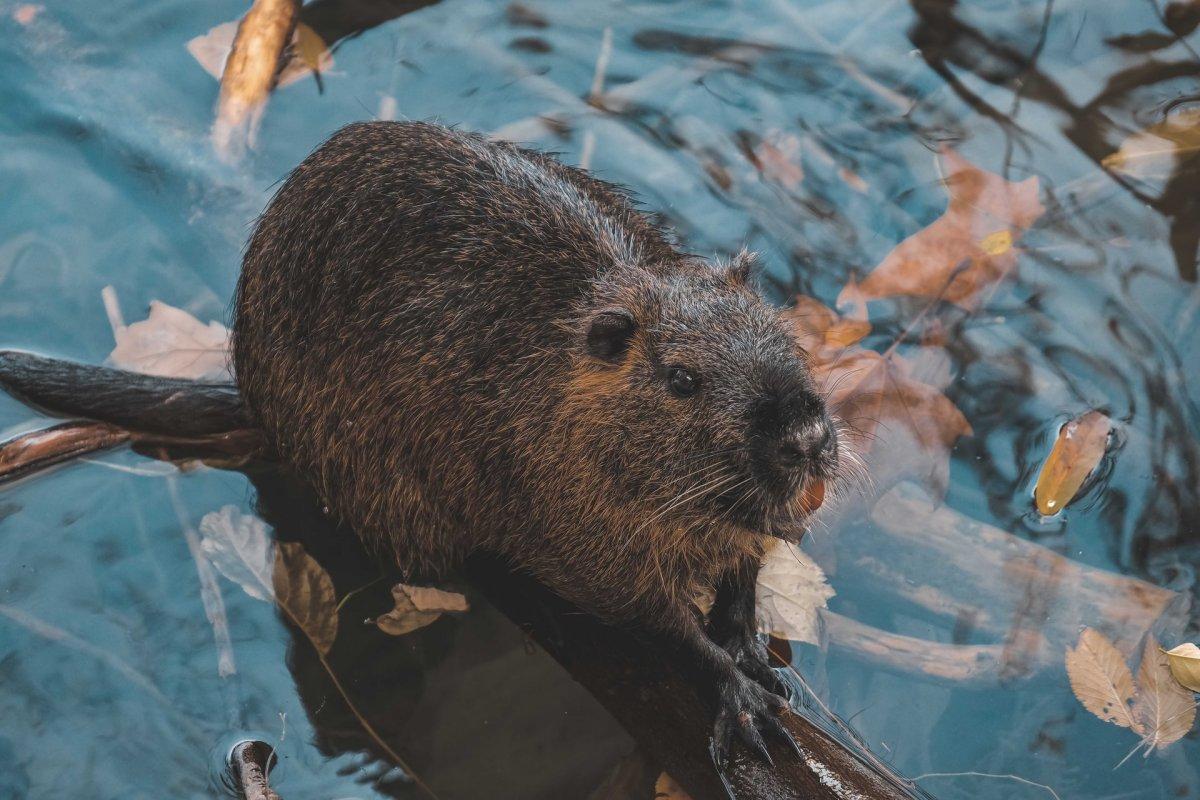
- Name: Eurasian beaver
- Scientific name: Castor fiber
- Conservation status:
The Eurasian beaver, also known as the European beaver, is a species of beaver that used to be widespread in all of Eurasia. For both its fur and castoreum, it was almost hunted to extinction, as there were only about 1,200 individuals left at the beginning of the 20th century. Since then, it has been slowly reintroduced to most of its former range and is now thriving. The only countries it was extirpated from are Portugal, Turkey, and Moldova.
2. Eurasian lynx
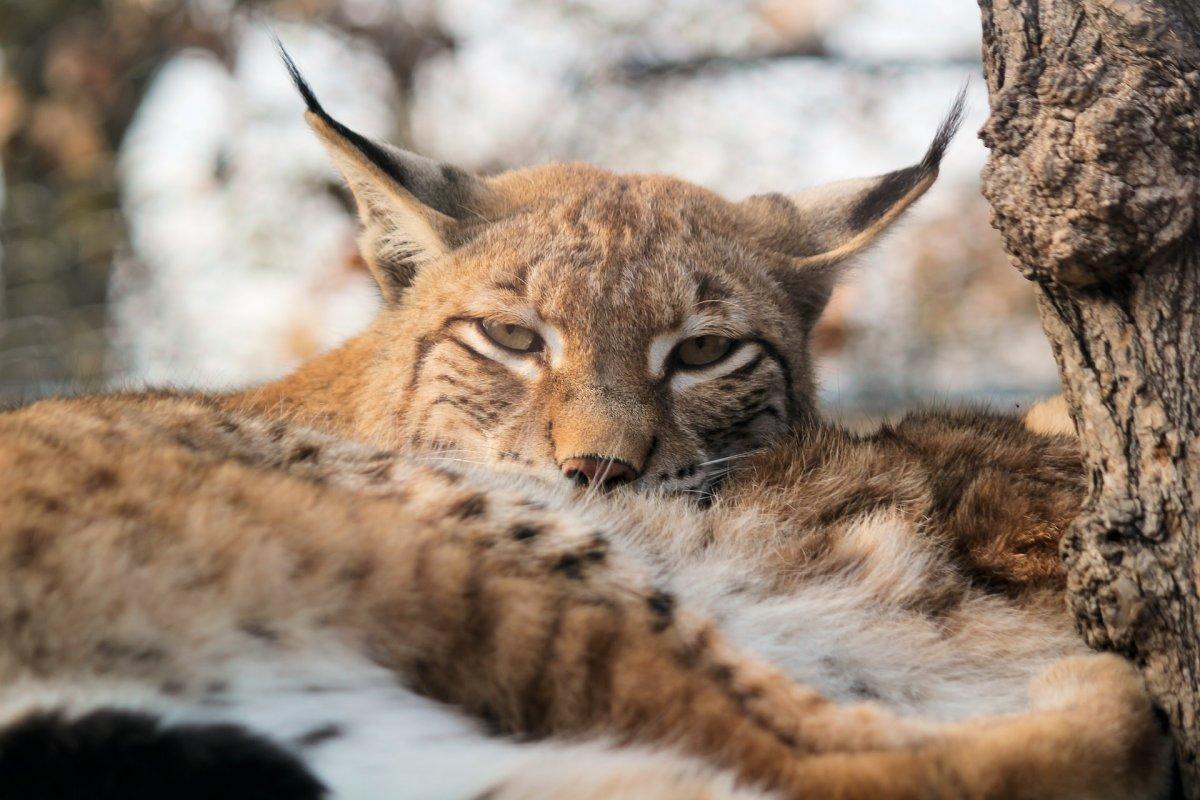
- Name: Eurasian lynx
- Scientific name: Lynx lynx
- Conservation status:
The Eurasian lynx is a medium-sized species of wild cat native to Northern, Central, and Eastern Europe, but also Siberia and even Central Asia. It is an elusive animal that inhabits boreal and temperate forests at up to 5,500 m / 18,000 ft.
While it is currently listed as being of least concern, the Eurasian lynx suffers from habitat loss, depletion of prey, and poaching. It is also not an apex predator, as it can be attacked by wolves and wolverines!
3. Wild boar
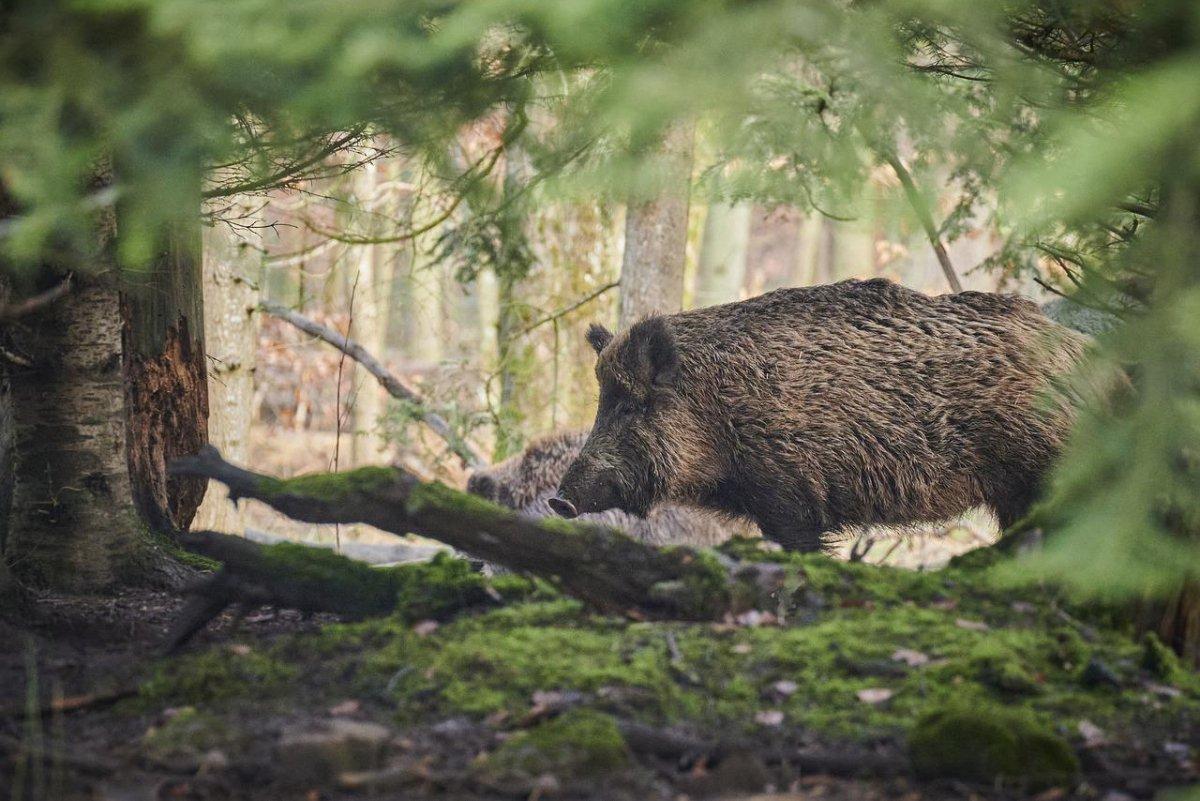
- Name: Wild boar
- Scientific name: Sus scrofa
- Conservation status:
The wild boar is one of the most common and widespread species that you can see in almost any European forest, including in Croatia. It is also spread in most Eurasian countries and was introduced on all other continents, in more or less restrained areas.
Not only is the wild boar very widely spread and numerous, but it is also highly adaptable and can fit into most environments. Because of this, it is one of the most successful species in all of Europe.
4. Red deer
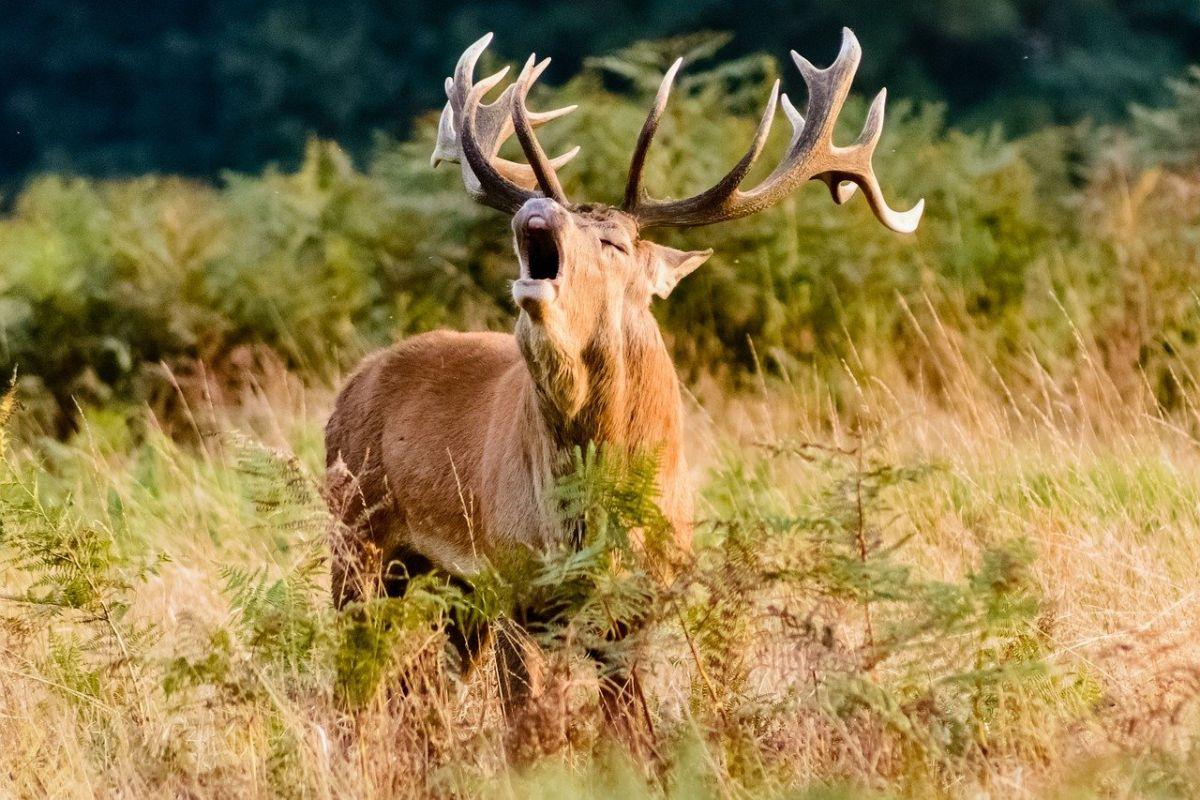
- Name: Red deer
- Scientific name: Cervus elaphus
- Conservation status:
If you wonder what the most common animals are in Croatian forests, look no further: after the wild boar comes the red deer.
Male red deers are named harts or stags, while females are called hinds. This animal lives in most of Europe and in the western parts of Asia. It is depicted in cave art all around the continent, and it was a prestigious quarry in medieval hunting.
5. Red squirrel
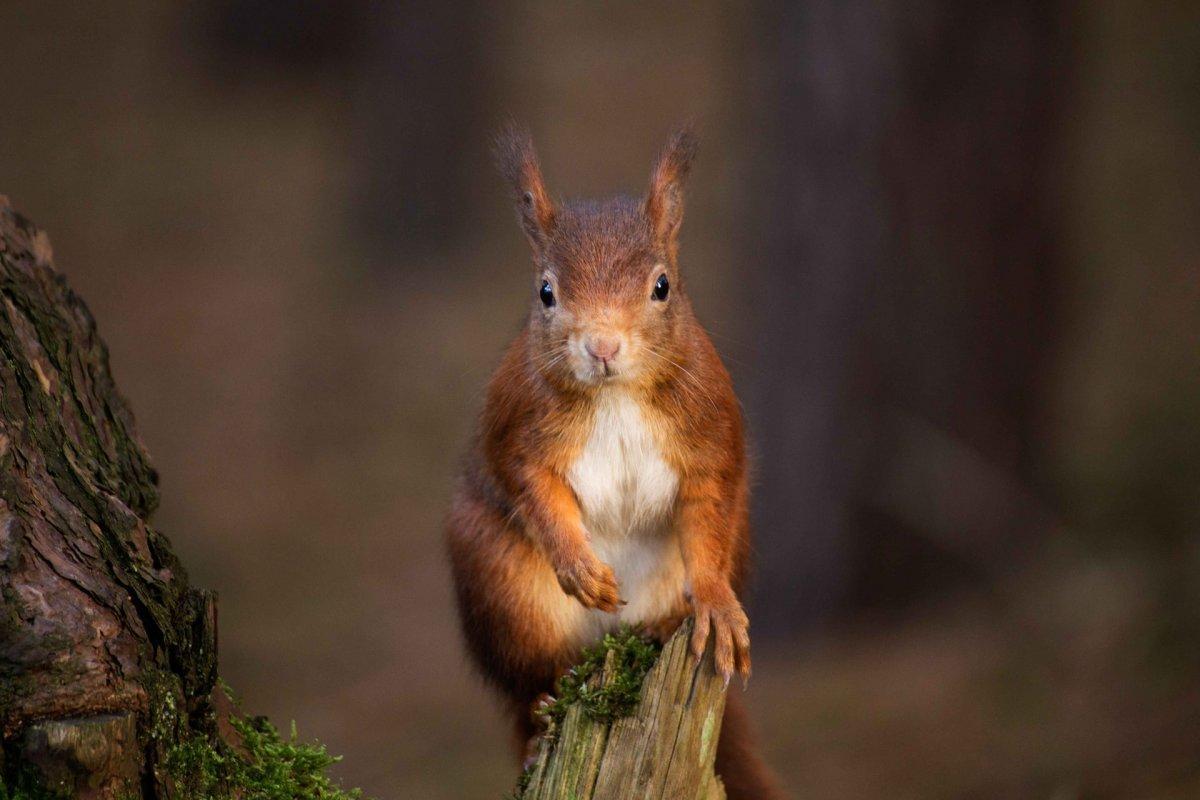
- Name: Red squirrel
- Scientific name: Sciurus vulgaris
- Conservation status:
The red squirrel is yet another animal you will see fairly easily in Croatia. It dwells in trees and is a herbivorous rodent that feeds on the seeds of trees, berries, young shoots, and nuts. More rarely, it can also eat bird eggs or even nestlings.
Between 60 percent and 80 percent of the activity of this squirrel is spent foraging and looking for food. Extra food is stored in caches, usually in hollow trees.
6. European water vole
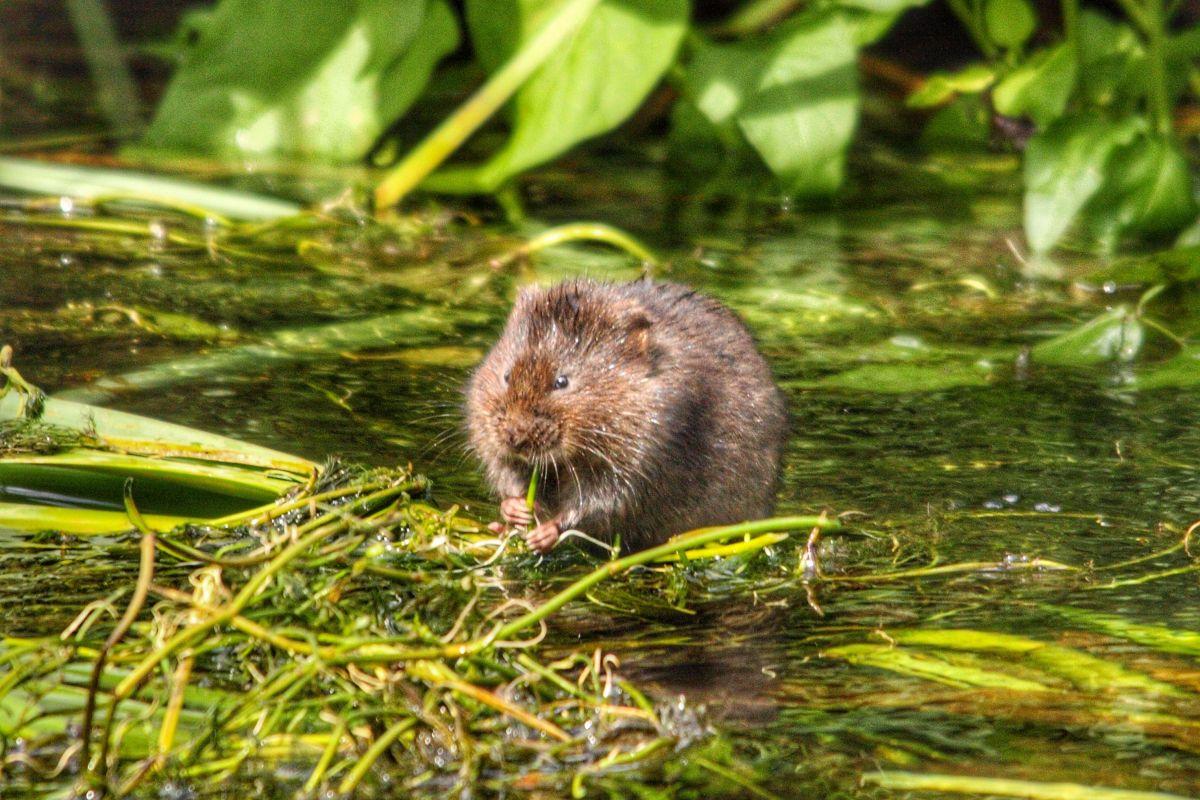
- Name: European water vole
- Scientific name: Arvicola amphibius
- Conservation status:
The European water vole, also known as the water rat or the northern water vole, is a species of semi-aquatic rodent that somewhat looks like a rat, though this resemblance is only superficial: water voles have round noses, brown fur, short ears, and chubby faces.
This vole is herbivorous, and it mainly feeds on grass and other vegetation next to the water. On top of this, it also eats fruits, buds, twigs, roots, and bulbs.
7. European hare
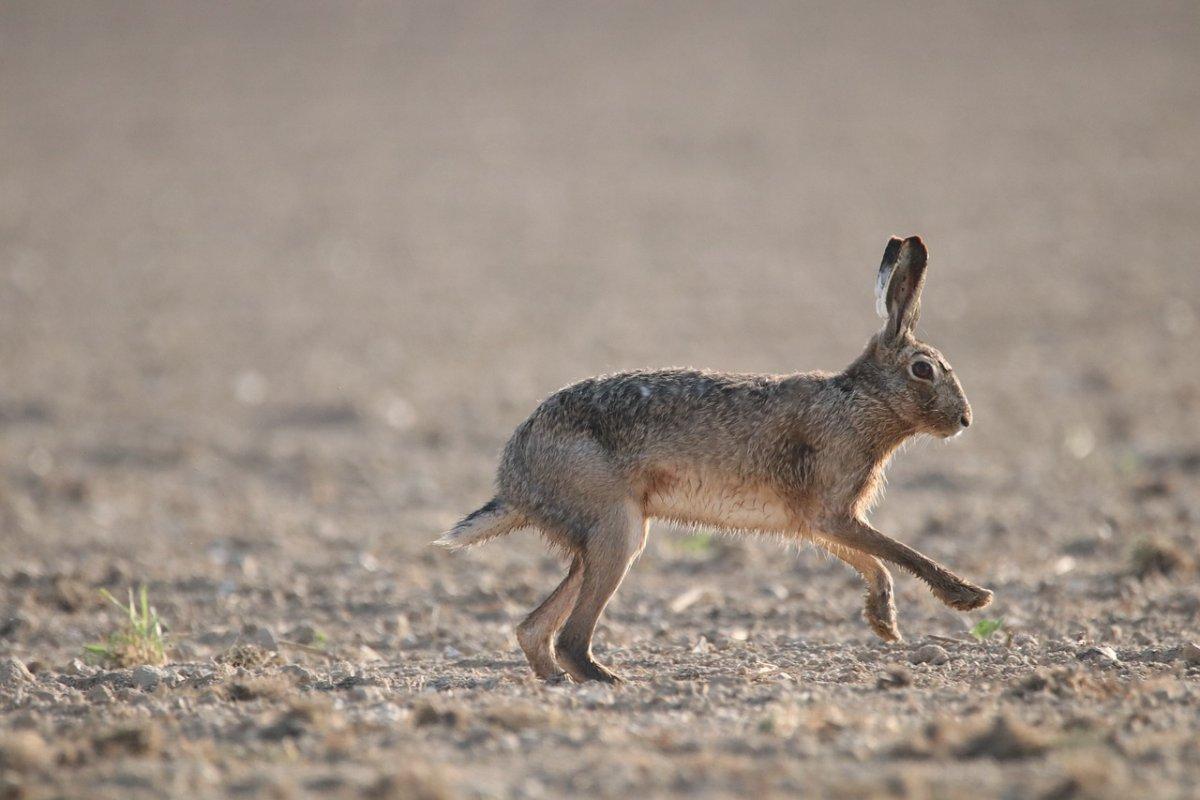
- Name: European hare
- Scientific name: Lepus europaeus
- Conservation status:
The European hare, also known as the brown hare, is a species of wild hare native to Europe and some parts of Asia. It is one of the largest species of its family, and it lives in a temperate, open country.
It is a herbivore that feeds on herbs and grasses, as well as buds, twigs, and field crops. European hares are quite hard to spot, as they are very shy and nocturnal, except during the spring, when they chase one another around in the fields, in broad daylight!
8. European hedgehog
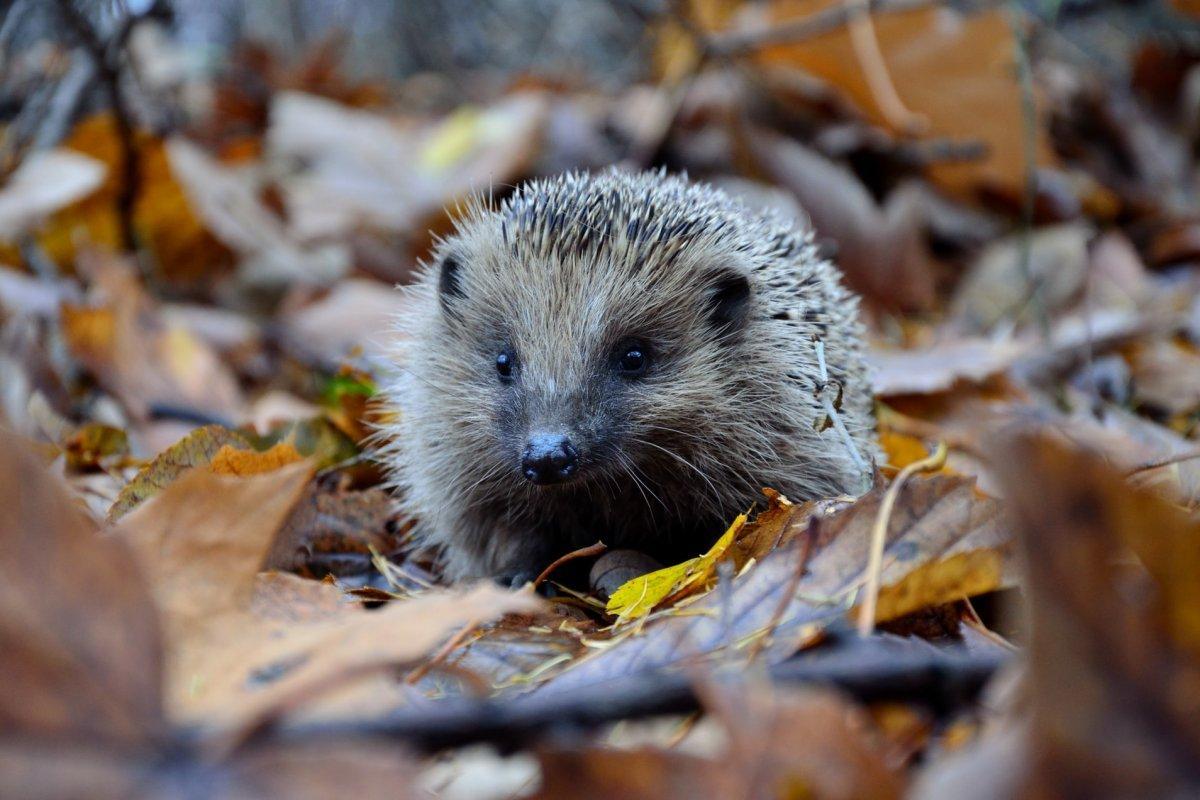
- Name: European hedgehog
- Scientific name: Erinaceus europaeus
- Conservation status:
The European hedgehog, also known as the common hedgehog, is a species of hedgehog that can be found in western and northern Europe, even in Russia. It is quite common to see one in gardens, and it is generally appreciated due to the fact that it eats various garden pests.
Even though it is of least concern right now, its population is severely declining in Great Britain. Additionally, this hedgehog was considered the unofficial symbol of NATO in lots of countries, from the 1950s to the 1980s: it is a peaceful animal that bristles in defense.
9. Eurasian brown bear
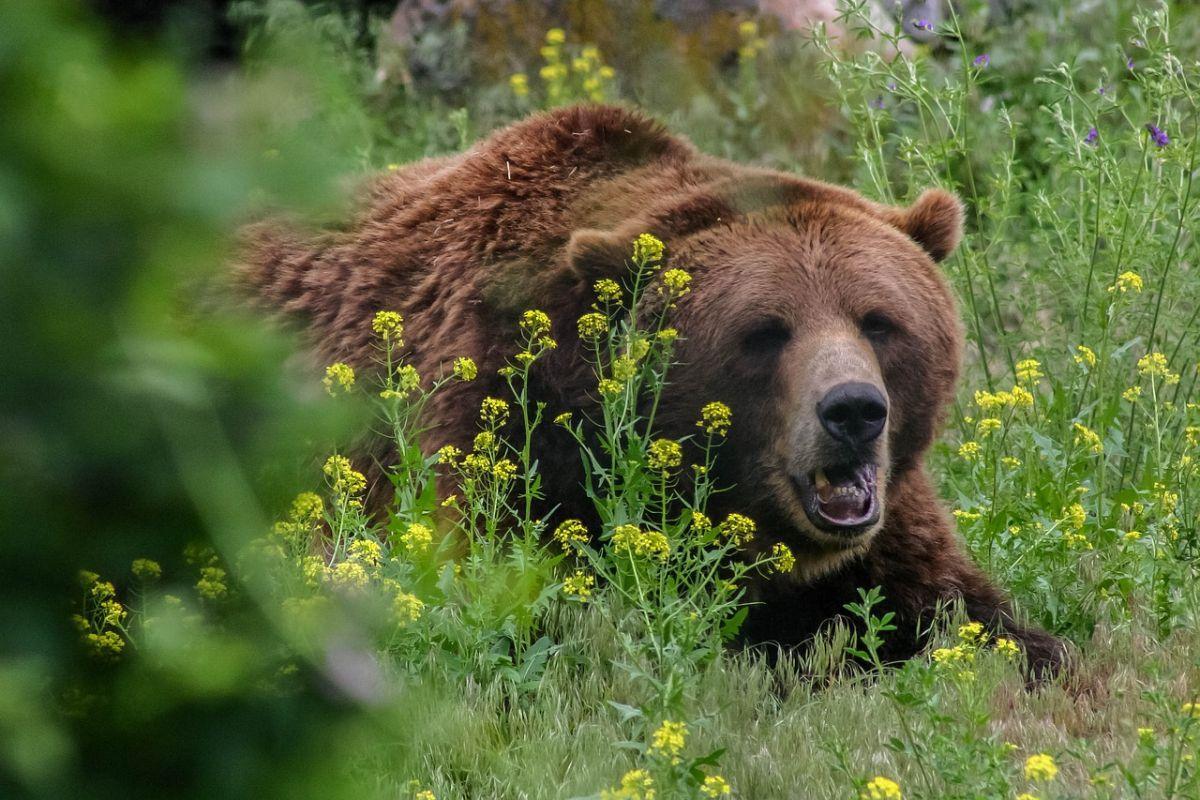
- Name: Eurasian brown bear
- Scientific name: Ursus arctos arctos
- Conservation status:
The Eurasian brown bear, also known as the common bear or the European brown bear, is a species of bear native to Eurasia. Even in Ancient Roman times, Eurasian brown bears were present, as they were used for fighting in arenas.
A long time ago, in antiquity, this bear was almost exclusively carnivorous, but with an increasingly diminishing habitat over time, it slowly became omnivorous. Nowadays, meat only represents a tenth of its diet.
10. Eurasian otter
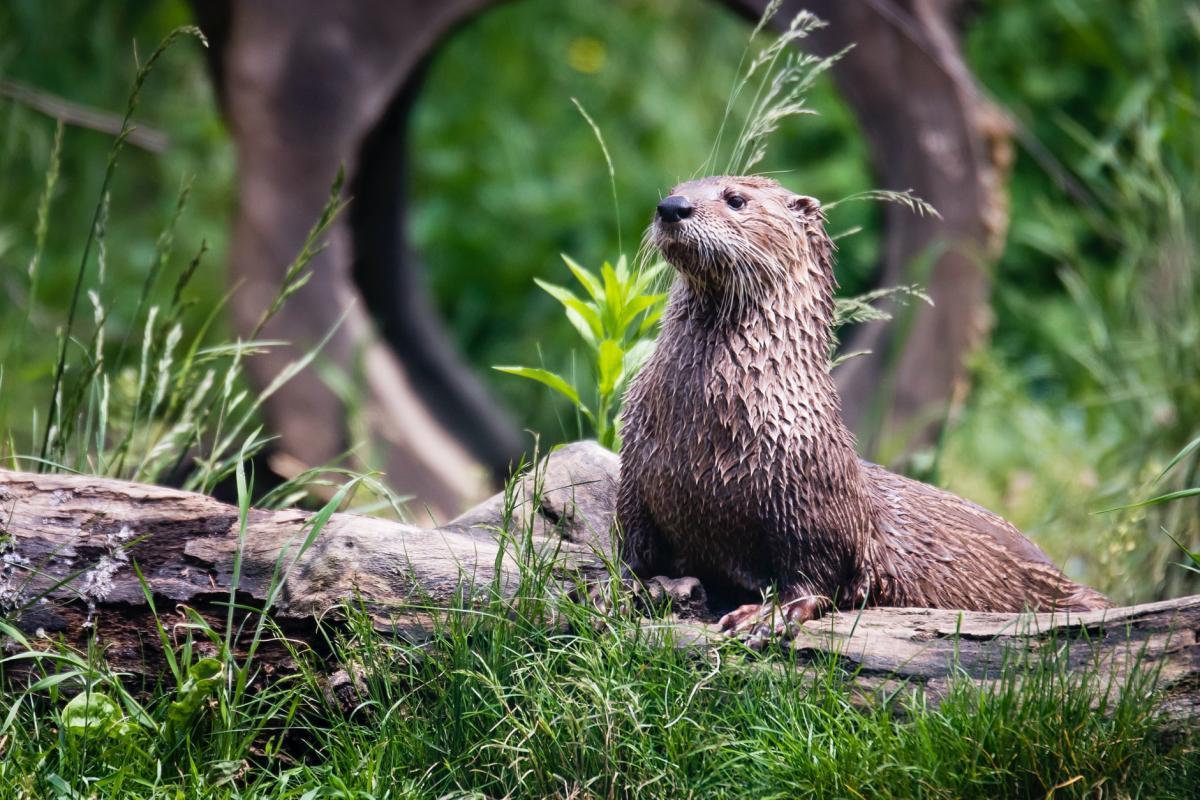
- Name: Eurasian otter
- Scientific name: Lutra lutra
- Conservation status:
The Eurasian otter, also known as the Old World otter, the Eurasian river otter, or the common otter, is a species of semi-aquatic mammal native to Eurasia and northwestern Africa, from the western tip of Europe to the eastern coasts of Russia and China.
This otter mainly feeds on fish and is very territorial, which can make it dangerous, as it is much stronger than it appears. In some parts of its range, it is endangered, while it is recovering in others, hence why it is considered near threatened for now.
11. European badger
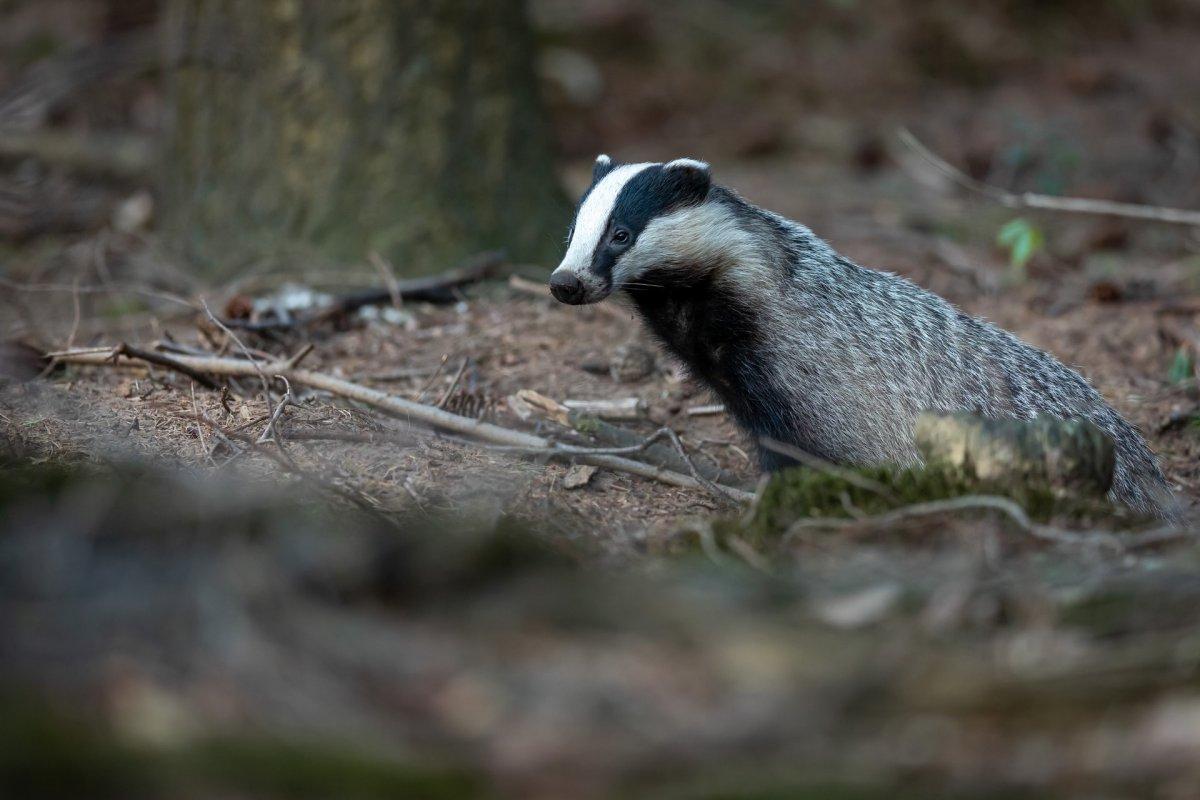
- Name: European badger
- Scientific name: Meles meles
- Conservation status:
The European badger, locally known as the badger (as no other species of the family occurs), is a species of carnivorous mammal native to almost all of Europe. It is usually black, gray, and white and is very powerfully built.
The badger is a social animal, and it is active by night. Even though it is considered a carnivore, it feeds on a variety of animal and plant foods, insects, cereals, and even carrion.
12. Chamois
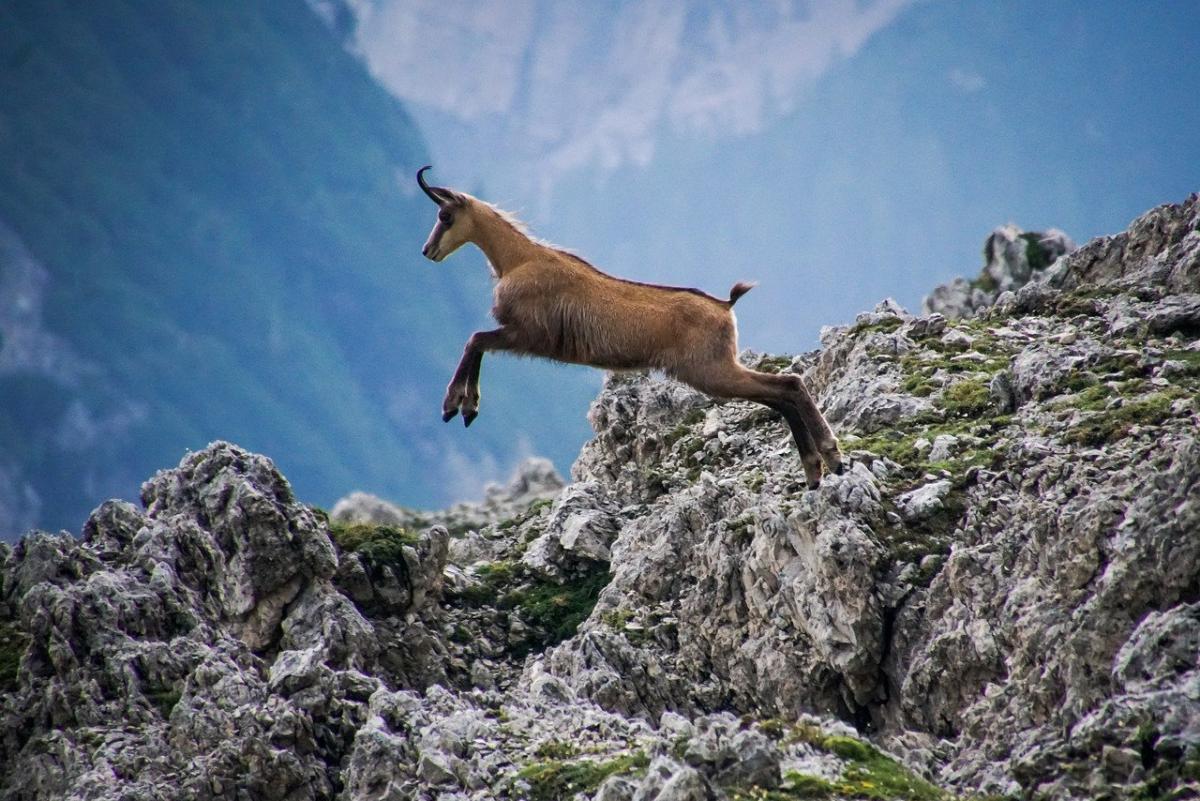
- Name: Chamois
- Scientific name: Rupicapra rupicapra
- Conservation status:
The chamois is a medium-sized bovid, informally known as a goat-antelope. It is native to the mountains of Europe, from west to east, and inhabits areas up to 3,600 m / 11,800 ft. It was also introduced to New Zealand.
This animal feeds on a lot of vegetation such as highland grasses and herbs. It is majorly active by day and rests around midday. Occasionally, it may forage on moonlit nights.
13. Common raccoon dog
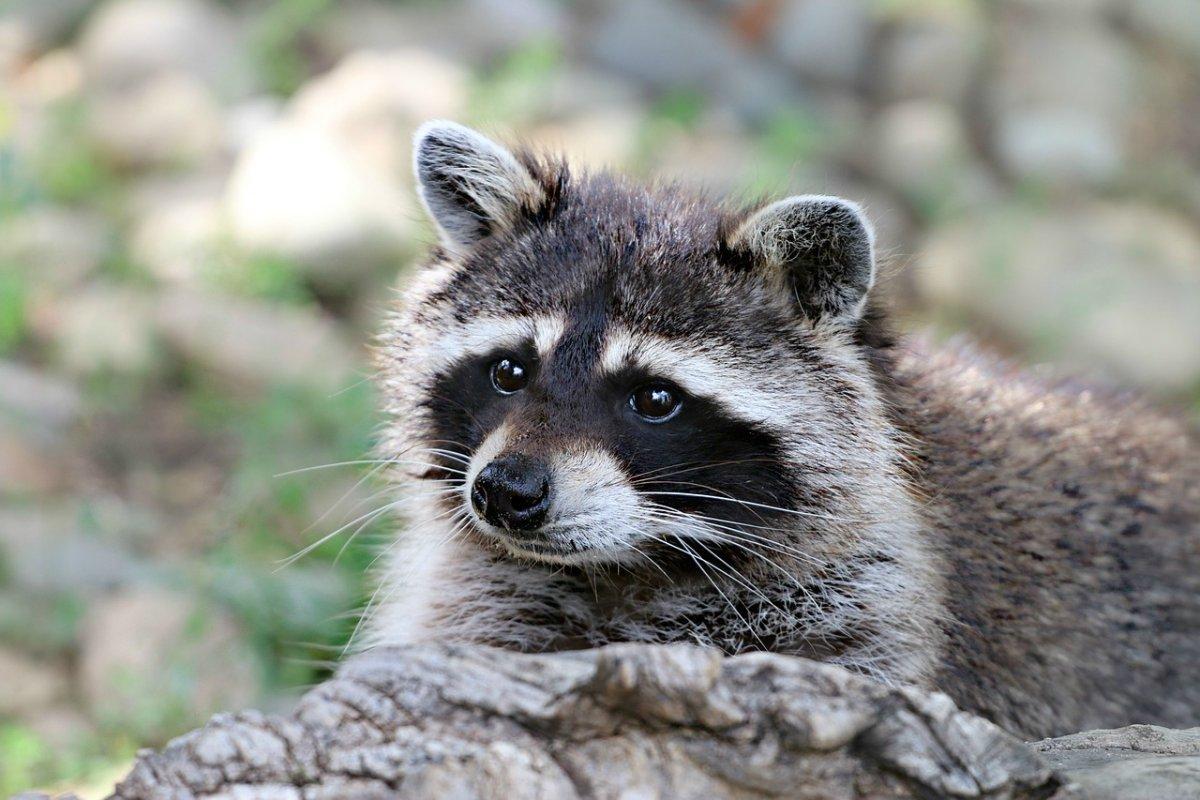
- Name: Common raccoon dog
- Scientific name: Nyctereutes procyonoides
- Conservation status:
You might have never heard of it, and yet there it is: the common raccoon dog, also known as the “mangut”, the “neoguri” or the Chinese raccoon dog. It is a canid that regularly climbs trees, which is very unusual, and even though it resembles a raccoon, the raccoon dog is not closely related to it.
While it is native to Asia, and mostly China, this species has been widely introduced in Europe because of the fur trade.
14. Wolf
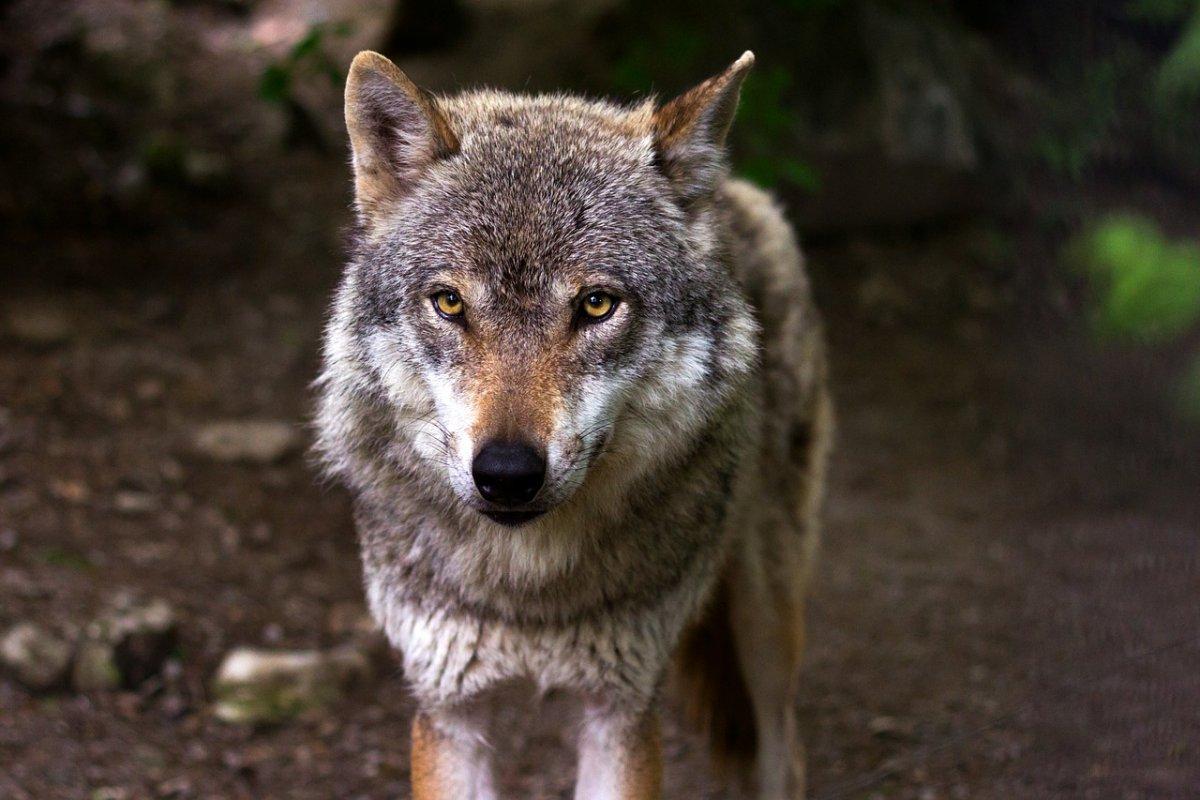
- Name: Wolf
- Scientific name: Canis lupus
- Conservation status:
The wolf is one of the most iconic animals from the forests of Europe. It is a large canine native to Eurasia and North America, and it is a renowned pack hunter. Its main prey is hoofed mammals, and it specializes in hunting the weakest and most vulnerable individuals of large prey. A pack of wolves can still bring down an adult moose without any problem though.
The wolf has a long history of interaction with humans, and it is usually despised for livestock attacks.
15. Golden jackal
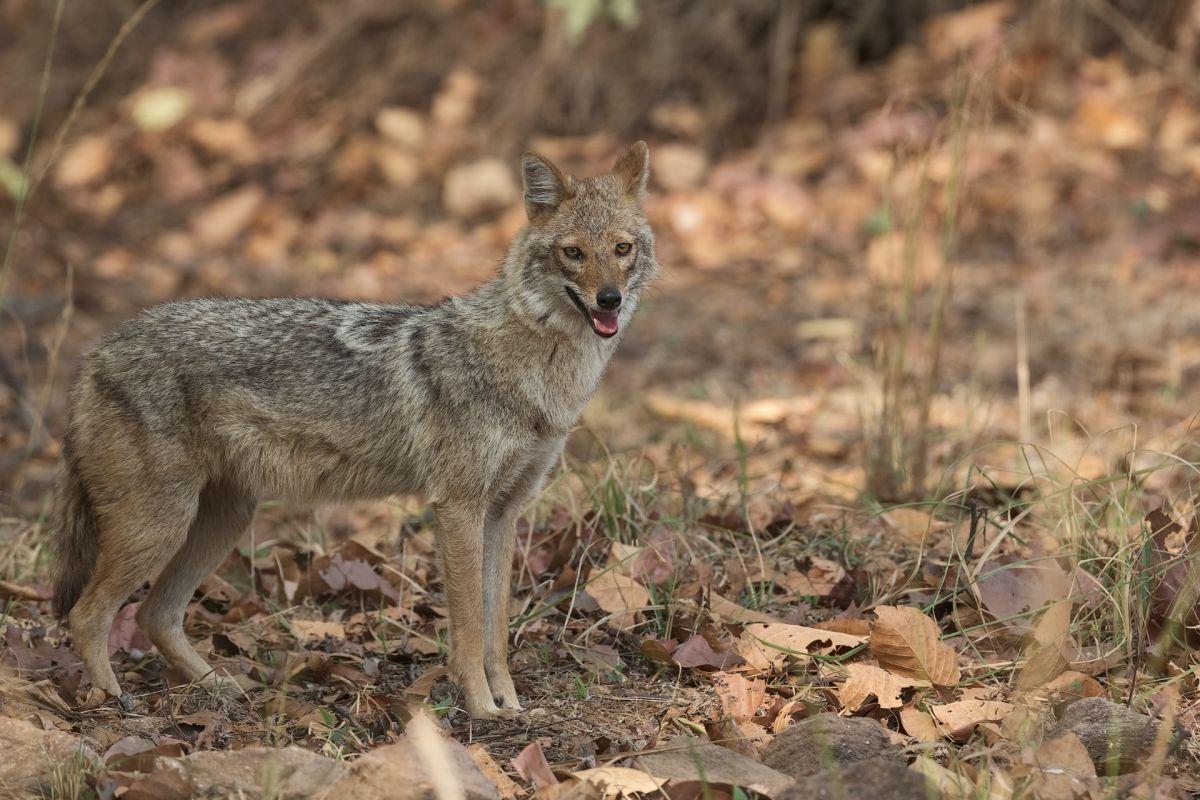
- Name: Golden jackal
- Scientific name: Canis aureus
- Conservation status:
The golden jackal is another species of canid that can be found in Croatia. It is closely related to the wolf, and it inhabits eastern Europe, southwestern, southern, and southeastern Asia. It is the smallest gray wolf subspecies, and its color can vary from creamy yellow to dark beige, depending on the season and the environment it lives in.
Usually, this animal lives in valleys next to bodies of water. It is very social, and adaptable: it can exploit almost any food source and thrive in most environments.
16. Red fox
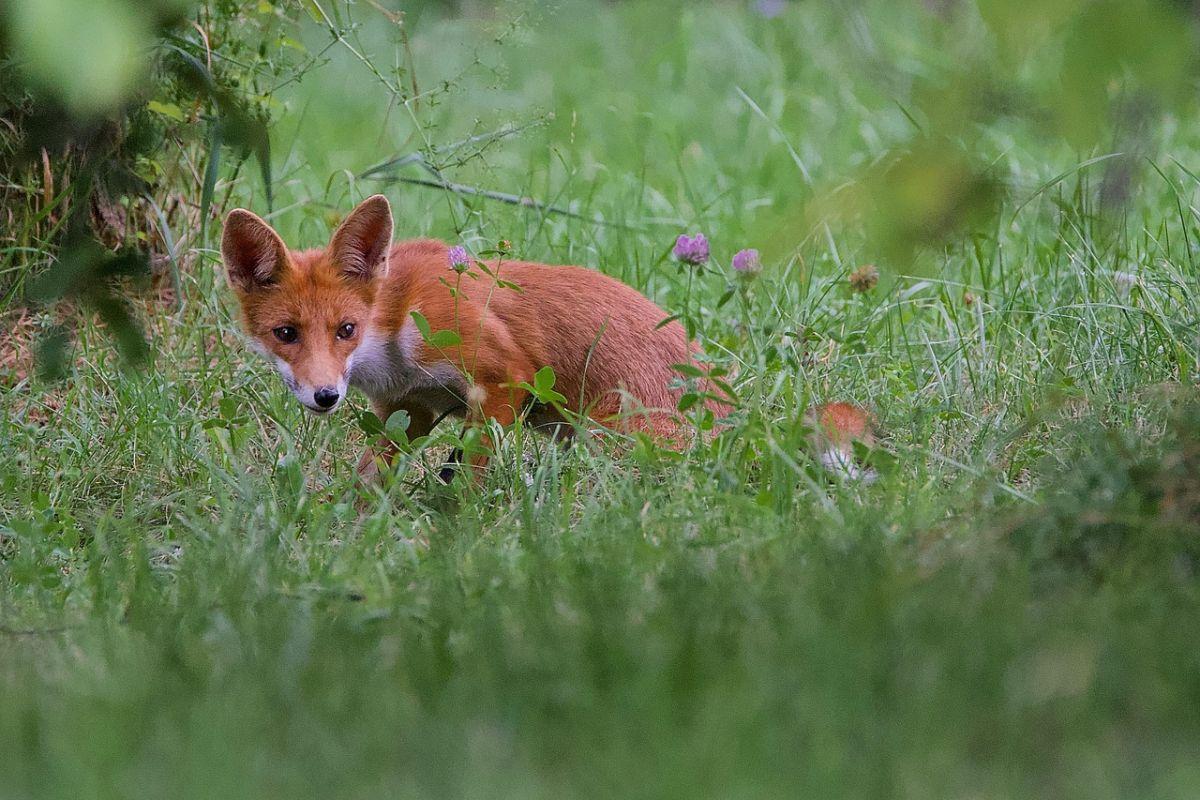
- Name: Red fox
- Scientific name: Vulpes vulpes
- Conservation status:
The red fox is the largest species of true foxes as well as one of the most widely distributed carnivores on the planet. Therefore, it is one of the most successful species in the world, as it can adapt to any environment and food sources, very quickly.
It lives in pairs or as part of a small group made of families of mated pairs and their offspring. It tends to attack smaller predators, even other foxes but is very vulnerable to larger ones, such as eagles and felines.
17. Small Indian mongoose
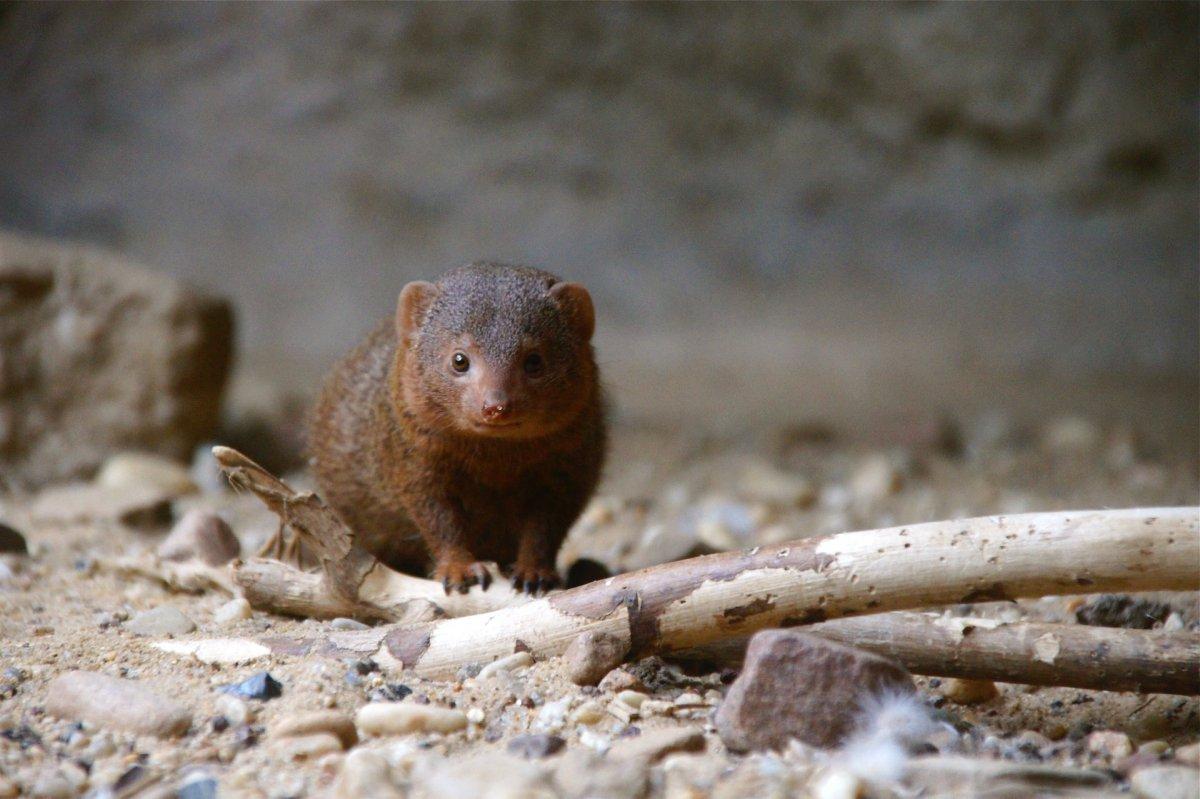
- Name: Small Indian mongoose
- Scientific name: Urva auropunctata
- Conservation status:
Yes, the small Indian mongoose can be found in Croatia! Though it is native to northern South Asia and Iraq, it has been introduced to other countries in eastern Europe and on some Caribbean and Pacific islands.
This mongoose has a slender body with a pointed snout and an elongated head. It usually lives on plains, and mostly feeds on insects. It was found to be infected with several diseases and is a major rabies vector in Puerto Rico.
18. Common bottlenose dolphin
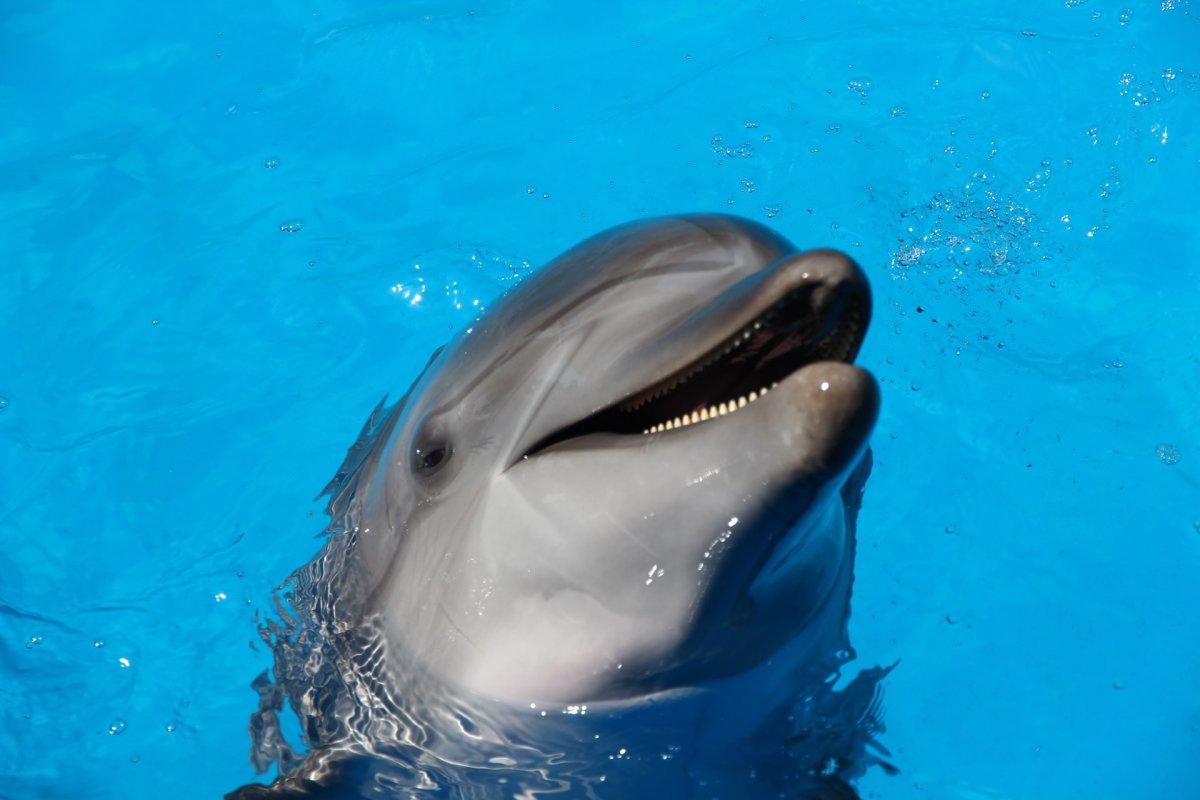
- Name: Common bottlenose dolphin
- Scientific name: Tursiops truncatus
- Conservation status:
It took us a while, but we are finally tackling marine animals: with its staggering 5,835 km / 3,625 mi coastline, Croatia has amazing species like the common bottlenose dolphin!
This dolphin has in fact an extremely wide range, as it can be found in most temperate and warm waters of the planet, including the Mediterranean. Interestingly enough, it has a larger brain than humans, and is one of the smartest animals on the planet, being capable of using artificial language, categorizing objects, and self-recognition.
19. Humpback whale
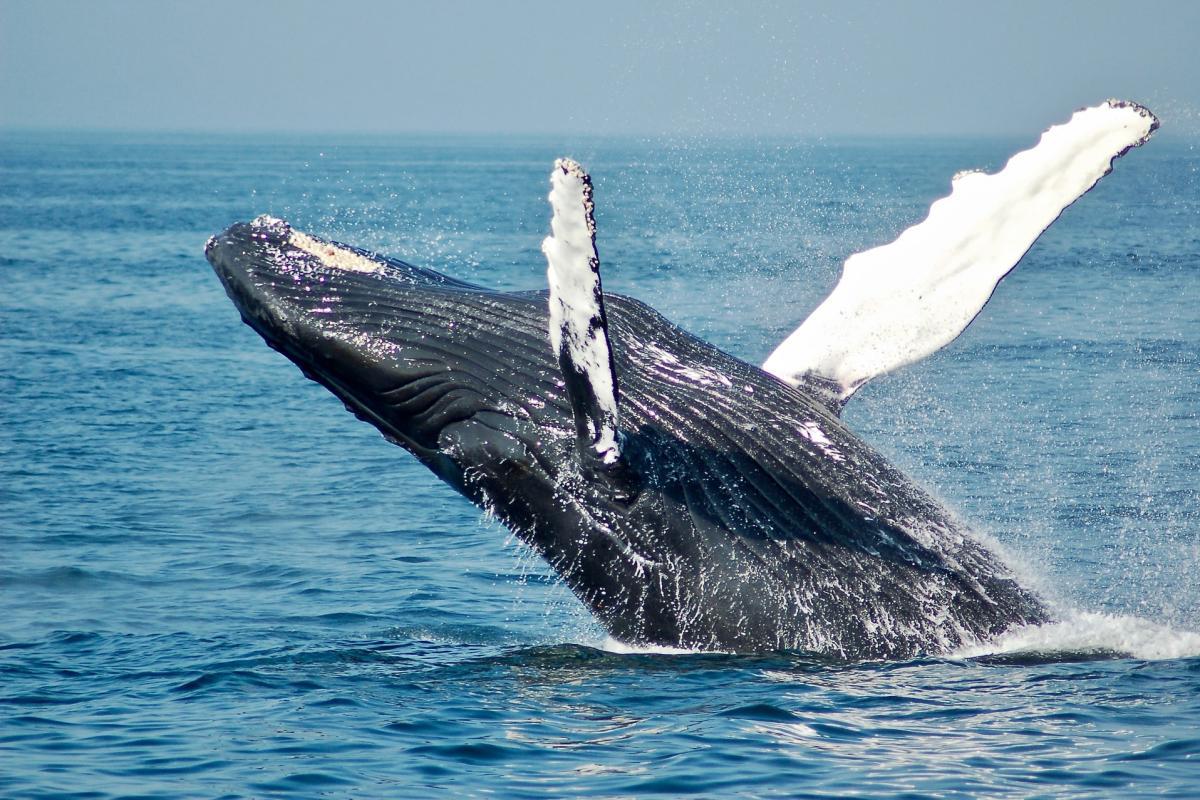
- Name: Humpback whale
- Scientific name: Megaptera novaeangliae
- Conservation status:
Even whales can be seen in Croatia, and the humpback whale is one of the most interesting of them. Why? Quite simply because it has distinctive surface breaching behaviors, and is one of the most widely appreciated baleen whales among whale watchers.
On top of that, male humpback whales produce a complex song that can last up to 20 minutes, and they repeat it for hours. Depending on the season, the song will differ, but it is always sung by all males within a group.
20. Sperm whale
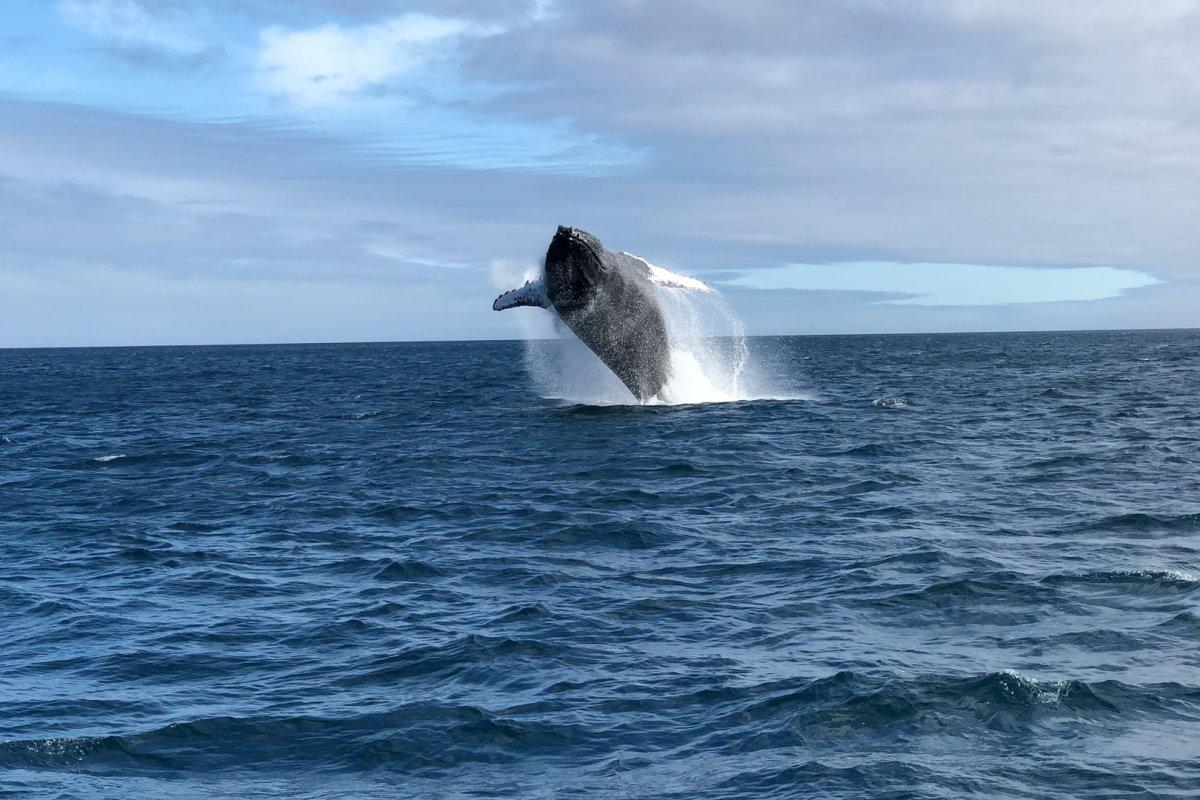
- Name: Sperm whale
- Scientific name: Physeter macrocephalus
- Conservation status:
The sperm whale, also known as the cachalot, is the largest toothed whale, and the only living member of its genus, Physeter. Not only that, but it is also the largest toothed predator on the planet!
It is a pelagic mammal that usually dives between 300 m and 800 m / 980 and 2,620 ft deep, but can also sometimes reach 2 km / 6,600 ft deep. It mostly feeds on giant squids, octopuses and rays.
21. European wildcat
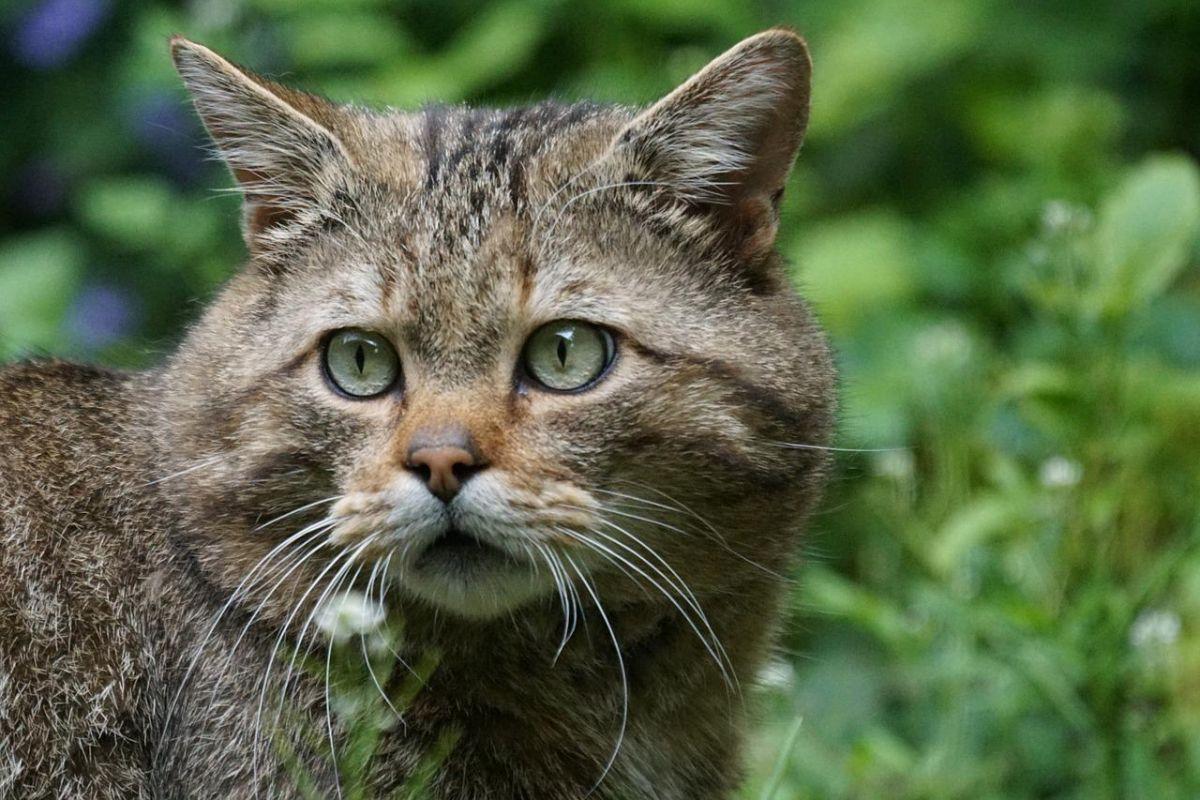
- Name: European wildcat
- Scientific name: Felis silvestris
- Conservation status:
What best way is there to finish this list than with a cute cat?
The European wildcat is a small species of wildcat native to continental Europe, Turkey, the Caucasus, and Scotland. It inhabits forests and usually has gray fur. Its diet is mostly made of birds, rodents, and lagomorphs, and it is a nocturnal predator. In undisturbed areas, it can also come out during the day though.
—
So there you have them, these were my 21 native animals of Croatia. I hope you enjoyed this list and that you learned something new today.
In case you want to learn more about animals in the country, feel free to keep reading, as I still have lots of things to tell you about:
Endangered Animals of Croatia
This is definitely the saddest part of the list, but it is very important to raise awareness. Because of this, let’s go through the list of endangered animals in Croatia.
Here are the animals in danger of extinction in Croatia.
- Ukliva dace
- Croatian dace
- Angelshark
- Adriatic sturgeon
- European mink
- Jadova spined loach
- and 21 more…
- European souslik
- Mediterranean monk seal
- Steppe eagle
- Egyptian vulture
- Saker falcon
- and 24 more…
To see the full list of endangered species in Croatia, head over to the International Union for Conservation of Nature’s Red List.
What is the National Animal of Croatia?
The national animal of Croatia is the European pine marten.
The pine marten is one of the most widespread and common mustelids in Europe. It inhabits well-wooded areas, and it is one of the more arboreal species of its family, because of its semi-retractable claws.
Despite being considered of least concern, the European pine marten is threatened by humans. Not only pollution and disturbance but also hunting for its precious fur. Because of this, it is strictly prohibited to hunt it, and this mustelid is protected.
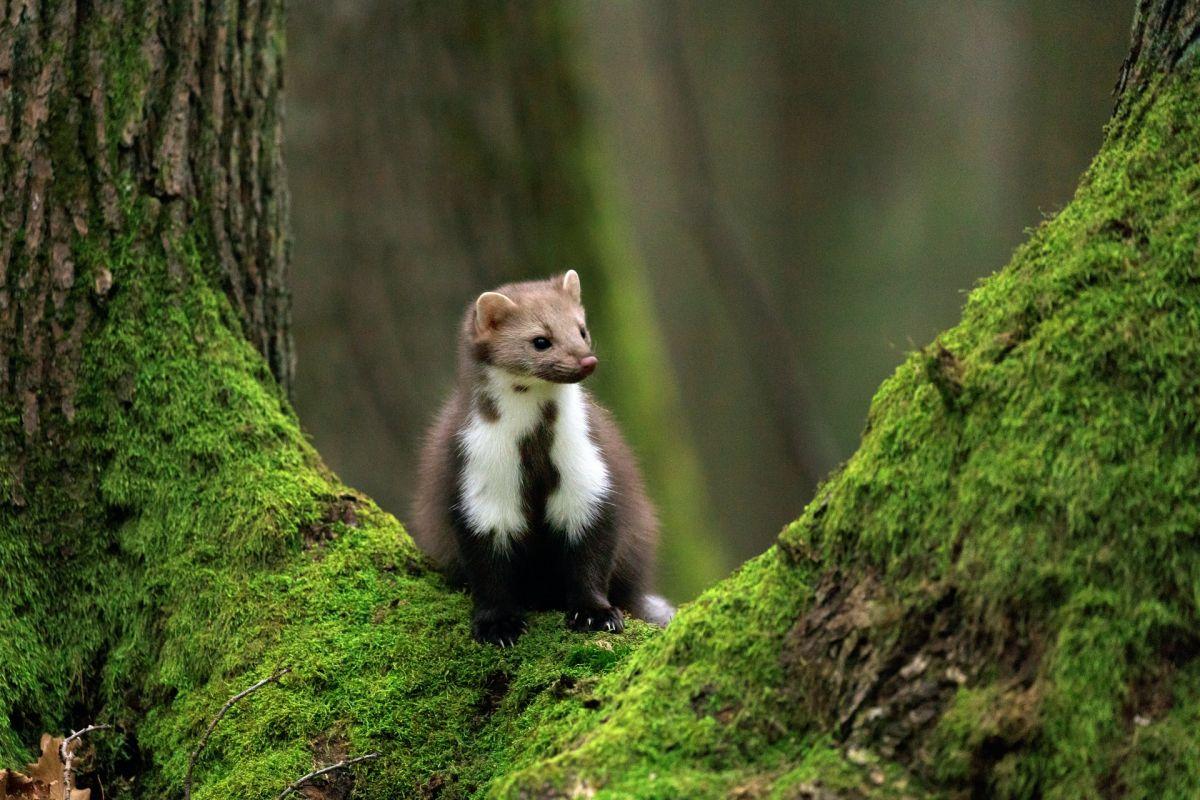
How Many Animals Native to Croatia?
What is the diversity of native animals in Croatia?
Let’s look at the total number of species of Chordata (mammals, birds, fishes, and reptiles).
Total number of animal species in Croatia: 1,003 (3,149 in total in Europe)
More About Animals in the World!
Loved these Croatia wildlife facts? Want to see what animals live in other countries?
Then check out these posts:
Or click here to see ALL the facts up on the blog! Spoiler alert: there’s A LOT of them.
Share the knowledge! Click on the buttons below to share information about these famous animals in Croatia with your friends, and help them learn more about the world 🙂

![13 Wild Animals in Uzbekistan [Wildlife in Uzbekistan]](https://www.kevmrc.com/wp-content/uploads/2022/12/13-wild-animals-in-uzbekistan.jpg)
![16 Wild Animals in Haiti [Wildlife in Haiti]](https://www.kevmrc.com/wp-content/uploads/2022/08/16-wild-animals-in-haiti.jpg)
![12 Wild Animals in Mauritius [Wildlife in Mauritius]](https://www.kevmrc.com/wp-content/uploads/2022/12/12-wild-animals-in-mauritius.jpg)